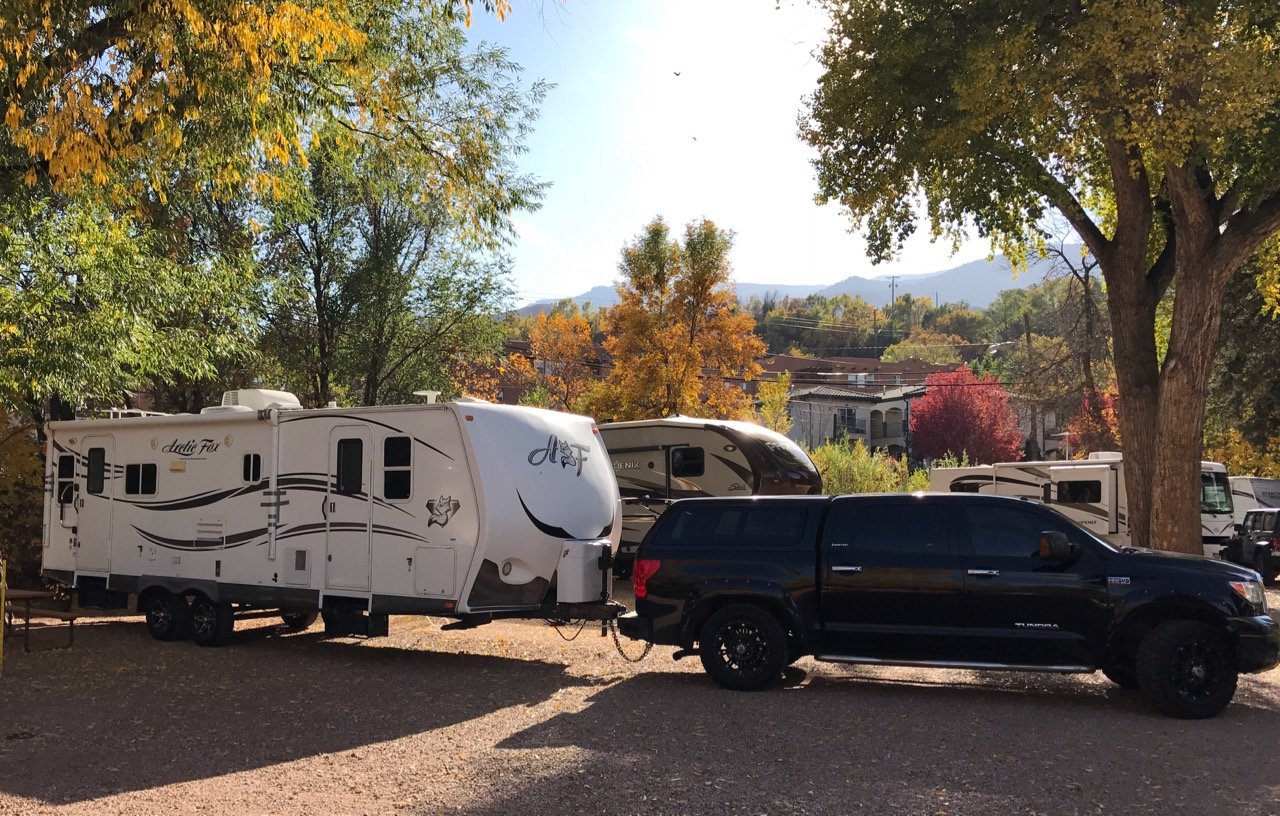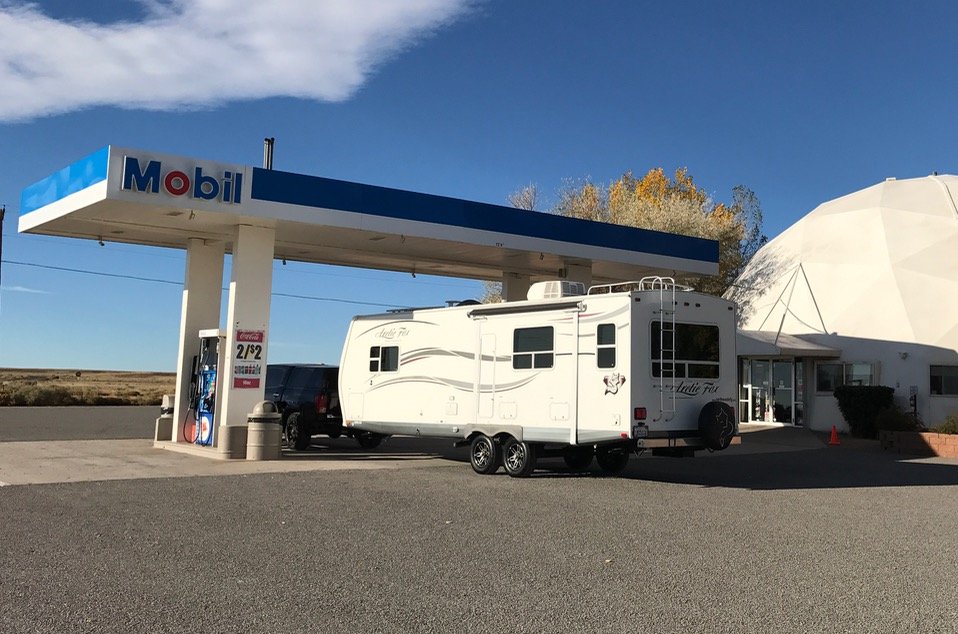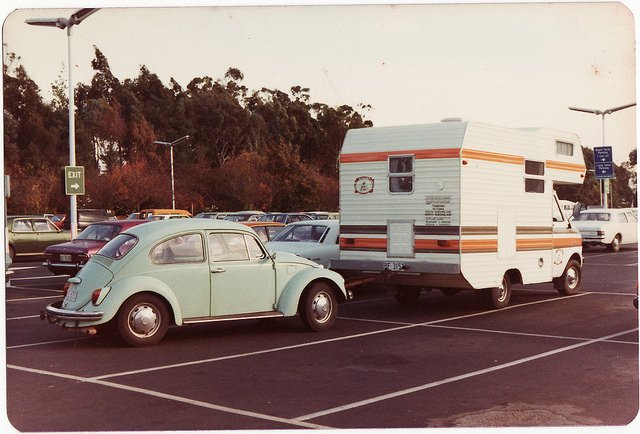For a little over a year, I’ve been researching and preparing to move into an RV full-time. I’ve since bought a truck and a trailer, and with my apartment lease about to end, it’s finally about to happen!
I’ve set up Money for Gasoline as a separate blog just for RV stuff. I want to keep this blog for more general stuff. Go check it out! The introductory post has more information about the rig I’m starting with; it’s sure to evolve as I learn and get settled.
I’m still trying to figure out how much I want to do in written format, and how much to do on other networks. YouTube videos seem like a good idea, but YouTube comments do not.


